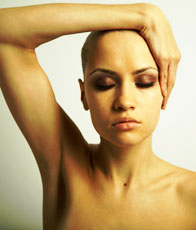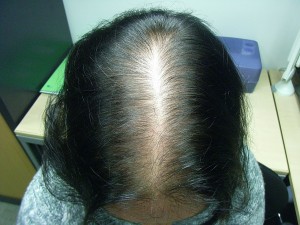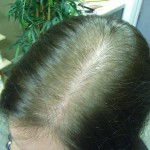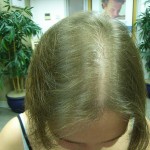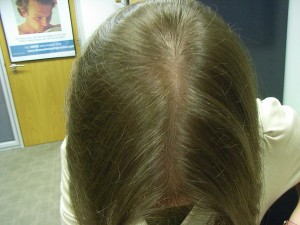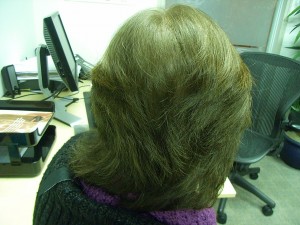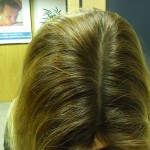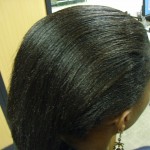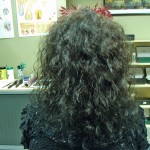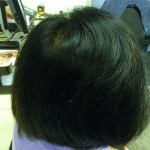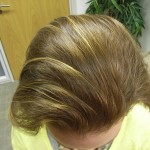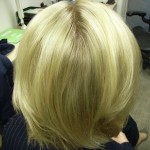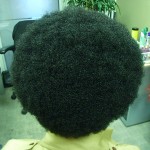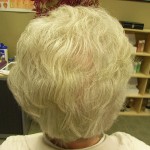More women are getting disorders traditionally thought of as 'men's' diseases
12.05.2010 in FEMALE HAIR LOSS
Women in high-pressure jobs face more stress, exhaustion, and even some illnesses.
Once considered “men’s” diseases, gout, heart attacks and lung cancer now are sickening women, too.
Experts partially blame the exhaustion that comes with stressful jobs, according to the Daily Mail. Women working in high-pressure jobs are twice as likely to have cardiovascular disease as other women, and women under 50 run the highest risk, according to a Danish study.
Out-of-control eating and drinking too much can contribute to certain illnesses, too.
“People who are stressed are more likely to drink too much, to smoke, to eat junk food and to avoid exercise,” Fotini Rozakeas, a British Heart Foundation cardiac nurse, told the Daily Mail.
Traditionally, heart disease may have been a man’s disease, says Dr. Holly Andersen at New York-Presbyterian/Weill Cornell Medical Center, but more women die from it.
“In reality, more women have died of heart disease every year than men since 1984 in this country,” she says. “Women develop heart disease about a decade later than men. They also are more likely to die. They are treated much less aggressively than men.”
Deaths due to heart disease are on the increase in women age 35 to 44 – the only group that’s facing increasing rates of death from heart disease, Andersen says.
Heart disease isn’t the only disorder that’s becoming a woman’s ailment. Receding hairlines and thinning hair are becoming more prevalent in women as well, according to hair transplant surgeon Dr. Peter Williams. He said stress and low estrogen could be causing hair problems. And an emerging form of hair loss, in which the body’s immune system attacks the hair follicles and causes hair loss from the hairline and the eyebrows, also is turning up in women.
Gout traditionally affects nine times as many men as women, but cases in women have doubled since the 1970s, according to the Daily Mail. The painful condition, which appears when uric acid crystals build up in the joints, is believed to be triggered at least in part by consuming rich food.
“One reason women are more prone to gout is that they are living longer,” rheumatologist and UK Gout Society trustee told the Daily Mail. “Women are also drinking more, eating more and are more prone to obesity and diabetes, all of which raise the risk of gout.”
Other disorders becoming more common in women? Lowered libido, lung cancer and liver disease, according to the Daily Mail.
Lung cancer is the leading cause of cancer death among both men and women in the U.S., according to the National Institutes of Health, and smoking causes the majority of cases. Smoking causes 90 percent of the lung cancer deaths in the U.S. among men and about 80 percent of lung cancer deaths among women, according to the NIH.
Do you have Hair Loss Problems, read our Hair Loss Help






